What is DLNA on TV and how to connect?
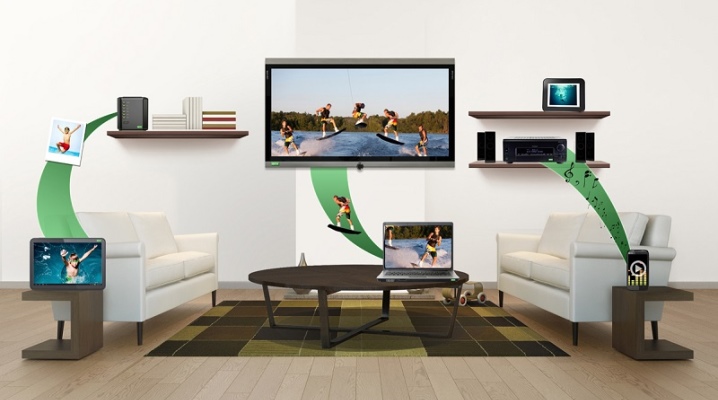
Information technologies every year more and more rapidly and more densely enter our daily life. For many, watching movies in 3D at home is already a familiar thing. Developers of digital appliances strive to keep pace with the times and offer consumers new technologies that make everyday life more comfortable and easier.
Equipped with DLNA function, the TV is always a high-quality picture on the big screen. It eliminates the need for additional removable media for storing movies, pictures and music.
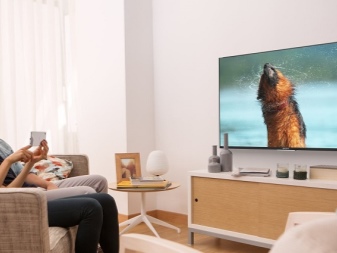

What it is?
Modern DLNA communication technology, which translates as "Digital Home Networking Alliance", provides the user a wide possibility of quick interaction with other devices for the exchange of various information. DLNA acts as wireless or wired client-server between digital instruments. For example, you can watch movies on TV from your laptop. Today, this function is especially in demand due to the great popularity of functional Smart TVs.
DLNA on TVs makes it possible to provide maximum comfort for quick access to data of various sizes and formats on other devices with this support. Various groups of units (tablets, stationary computers, laptops, game consoles, media players, photo and video cameras) can act as a "server". Television often acts as a "client" receiving information. If the device does not support this function, then you will have to use an external adapter in the form of a player or digital receiver with the ability to combine networks.
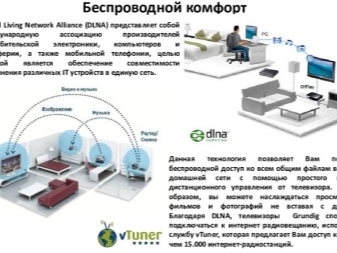

Why is it needed?
This technology is not only user-friendliness, but also quality... Whether it's vacation photos or your favorite movie. From year to year, information systems are increasingly entering everyday life, and many modern people simply cannot imagine their everyday life without these opportunities. Moreover, software developers are constantly working to improve their technologies, giving them more opportunities, and DLNA technology has become relevant in solving emerging problems.
However, in order to view images, listen to music, watch movies in real time, perform any other actions, appropriate programs are needed. And each manufacturer produces them exclusively adapted to their devices.

The main feature of DLNA is the ability to automatically configure equipment for digital data transmission... The user does not need to understand the system operation for a long time, re-read the manual, look for a solution to the problem on the forums or contact the specialists for help. This technology is intended for those who do not really want to understand the nuances of networks, or do not have deep knowledge in the IT field. As a rule, to get started, it will be enough to install the required application and perform a few simple steps.
Please note that not all files in a row are available for viewing. Several folders are shared, but not all of the memory.
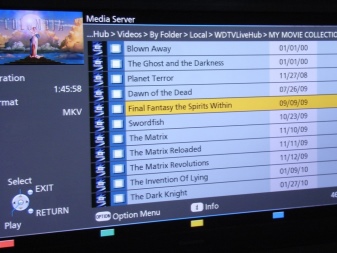
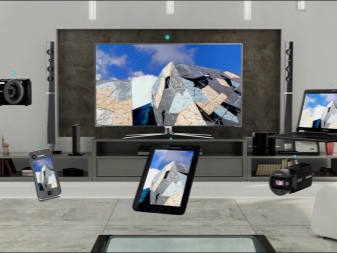
Support types
DLNA in its work uses a set of network protocols, due to which the principle of "reception-transmission" between compatible devices is carried out. Most media devices today support DLNA by default. There are 2 types of support for this technology.
- The built-in works on the principle of Smart TV. The connection is provided using a USB channel or via Wi-Fi. The installed drivers allow you to view files of various formats. However, this variant has much less possibilities for their reproduction. Since the drivers used largely do not support scaling and some functions for viewing a high-quality picture.
- External support is provided through devices. These can be receivers, satellite and digital TV, video players, and more.

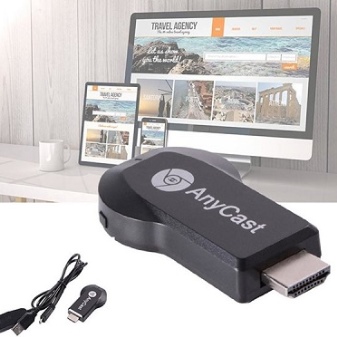
You should also consider in detail what types of devices coexist with DLNA technology.
- Smart TVs. Such devices are capable of performing streaming reception directly from the Internet, and can also be with a built-in media player.
- NAS - network storages of any information.
- Network media player - a device that acts as an "intermediary" between the Network and the TV. It allows you to display files from the Internet directly to the screen.
- Media Server Is also a kind of repository.
- Wireless printers - allows you to print from any device that supports DLNA function.
- Smartphones, tablets, phones.
- Camcorders (cameras that transmit a signal wirelessly) and digital cameras.
- With Wi-Fi modules audio and media players.
- Gaming console.
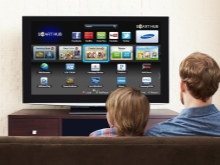
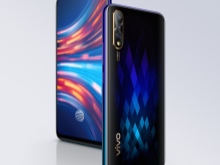
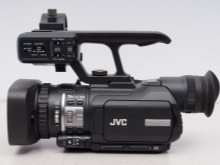
Setup and operation
Before connecting, you must first make sure your devices are DLNA compatible. Today, leading digital developers support this feature. The exception is Apple and BridgeCo, which have developed their technology for individual brands. Accordingly, if you purchased a device from this company, then it will be impossible to connect to the DLNA network.
The first thing to do is it is to connect a computer and a TV into one network. This can be done in two ways: wireless and wired. As noted by IT specialists, the second option can be considered the most reliable and uninterrupted.
The cable connection provides a stable signal, high transmission speed, low response time and minimal interference. Therefore, watching movies in Full HD, Ultra HD quality will be much more comfortable.
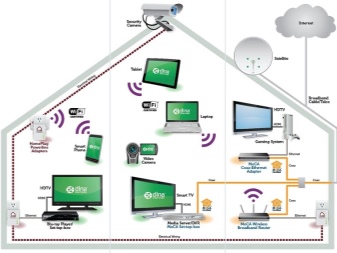
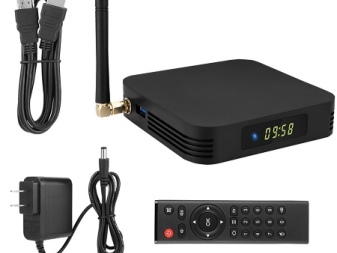
Wireless Wi-Fi is, of course, a digital advancement that eliminates some of the inconvenience of wires. However, there are also disadvantages. The signal transmission speed directly depends on the antenna power, therefore, it is better to purchase a router with 2-3 antennas to increase the coverage range and, accordingly, to increase the signal stability. You should also take into account possible obstacles that may interfere.
After you turned on the router and there was a connection between the two devices, you need to set up your home media server. To do this, you should install a special program offered by an official representative or third-party developers. According to experts, standard applications are extremely unstable, especially if there are a lot of inconsistent files. Because of this, the server may freeze or, in general, refuse to work.
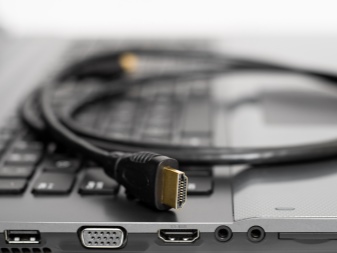
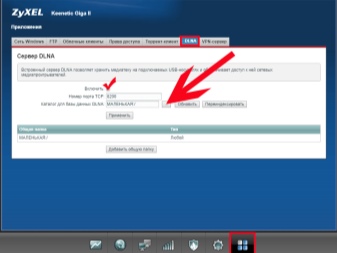
The installation of the program does not take much time. The main thing is to specify the path on the computer where the home media server will be located, create a shortcut and start the process. Next, you should configure the parameters: specify the type of device from the list through auto-detection, select the folders that will be used for viewing, with movies, music and images. At the final stage, you should enable the installed application on the receiving device and find the created server.
However, a situation may arise that the TV does not see the server on the computer. This situation most often occurs due to antivirus blocking the connection. To do this, it will be enough to suspend protection temporarily on the antivirus while you are watching a movie. But there may be other reasons for the malfunction:
- the server is not running on the laptop;
- TV and PC are on different networks;
- the installed program did not "make friends" with the device.
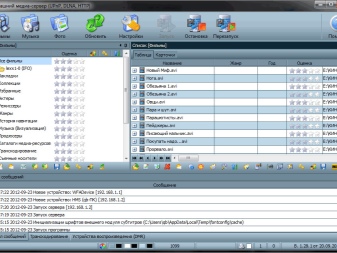
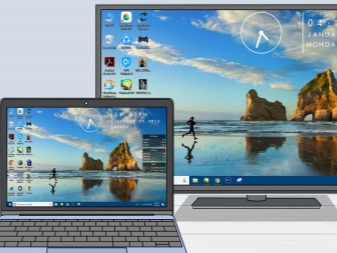
In the next video, you are going to install and configure a DLNA media server.













The comment was sent successfully.